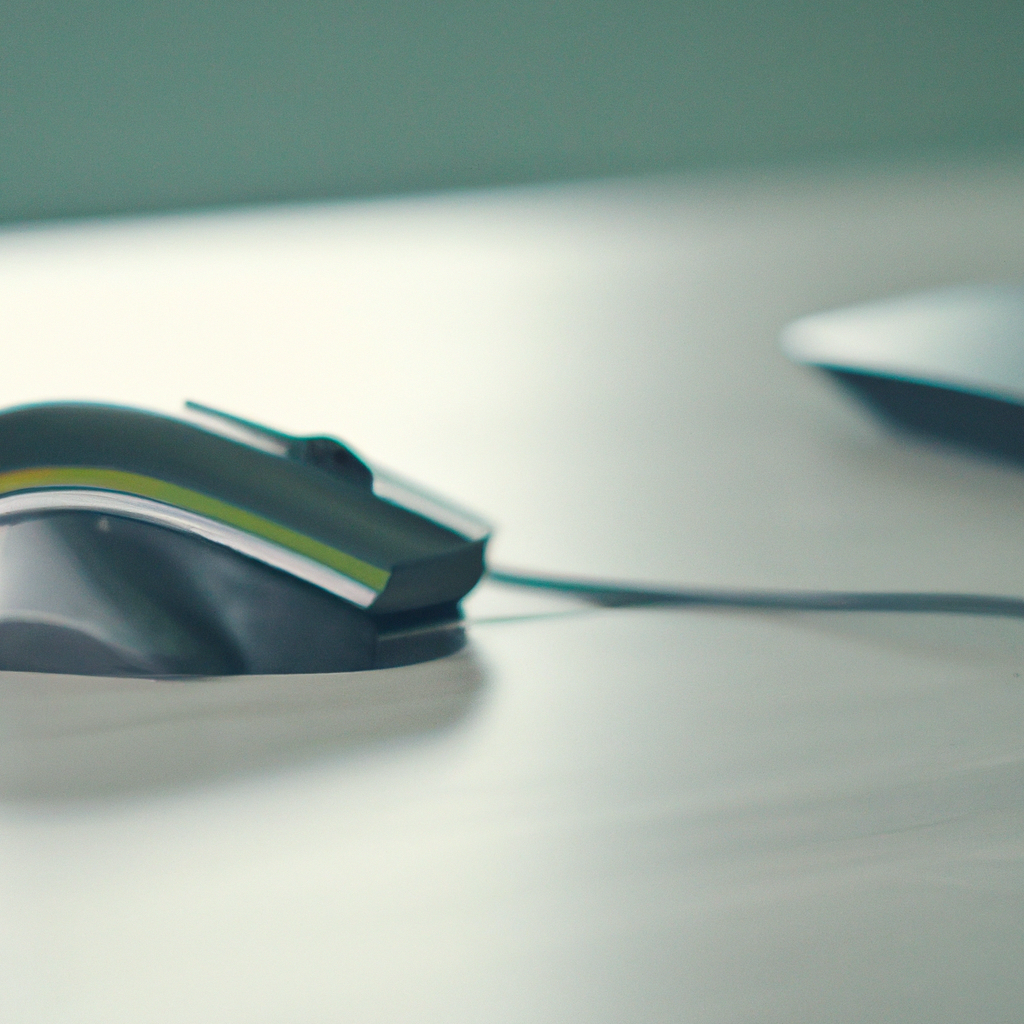A computer mouse is an essential input device that has become a ubiquitous part of modern computing. It allows users to navigate through their computers with ease, making it possible to perform tasks, play games, and interact with the interface. In this article, we will explore the different types of computer mice, how they work, and their advantages and limitations.
Types of Computer Mice
There are two main types of computer mice: mechanical and optical. Mechanical mice were the first type of computer mouse to be invented, and they have been around since the 1960s. These mice use a ball that rolls along the surface to detect movement. The ball’s movement is then translated into cursor movement on the screen. Mechanical mice require a mouse pad or a flat surface to work correctly, and they can be challenging to clean.
In contrast, optical mice use a light-emitting diode (LED) and an optical sensor to detect movement. When the mouse moves, the sensor detects the reflected light from the LED, and this information is translated into cursor movement on the screen. Optical mice are more accurate than mechanical mice, and they are also easier to clean since they don’t have a ball that can pick up dirt and debris.
Wired vs. Wireless Mouse
Another way to categorize computer mice is by their connectivity. Wired mice connect to the computer via a USB cable, while wireless mice use Bluetooth or radio frequency (RF) signals to communicate with the computer. Both wired and wireless mice have their advantages and limitations.
Wired mice are more reliable since they don’t suffer from interference or signal loss. They also don’t require batteries, which means they are always ready to use. On the downside, the cable can be inconvenient since it can get tangled or limit the mouse’s range of motion.
Wireless mice, on the other hand, offer more freedom of movement since they don’t have a cable. They are also more convenient since they can be used with laptops and other devices that don’t have USB ports. However, wireless mice require batteries, which means they need to be recharged or replaced periodically. They can also suffer from interference from other wireless devices or physical barriers.
How Does a Computer Mouse Work?
Regardless of their type or connectivity, all computer mice work on the same principle: they translate physical movement into cursor movement on the screen. The main components of a computer mouse are the sensor, the microprocessor, and the buttons.
The sensor is responsible for detecting the mouse’s movement and translating it into cursor movement. Optical mice use an optical sensor, while mechanical mice use a mechanical sensor that detects the ball’s movement.
The microprocessor is the brain of the mouse. It receives the sensor’s input and sends it to the computer, where it is translated into cursor movement. The microprocessor also handles other functions, such as button clicks and scrolling.
The buttons on the mouse are used to perform various functions, such as selecting items, opening menus, or navigating through documents. Most mice have two standard buttons, but some models have additional buttons that can be customized for specific tasks.
Advantages and Limitations of Computer Mice
Computer mice are one of the most popular computer peripherals, and they offer several advantages over other input devices, such as keyboards or touchscreens. Some of the advantages of computer mice include:
– Easy to use: Mice are intuitive and easy to use, making them ideal for beginners and advanced users alike.
– Precise cursor control: Mice offer precise cursor control, making it possible to perform tasks that require accuracy, such as graphic design or video editing.
– Ergonomic design: Many mice are designed to be ergonomic, reducing the risk of repetitive strain injuries.
However, computer mice also have some limitations, such as:
– Limited range of motion: Mice are limited by the size of the mouse pad or the surface they are used on. This can be a problem if you need to move the cursor across multiple screens or if you don’t have enough desk space.
– Requires a flat surface: Mechanical mice require a flat surface to work correctly, which can be inconvenient if you need to use the mouse on an uneven surface or a soft material.
– Limited customization: Although many mice come with customizable buttons, they still have some limitations when it comes to customization. This can be a problem if you need to perform specific tasks that require complex macros or shortcuts.
Conclusion
Computer mice are an essential input device that has become a ubiquitous part of modern computing. They come in different types and connectivity options, and they all work on the same principle: translating physical movement into cursor movement on the screen. Mice offer several advantages, such as easy use, precise cursor control, and ergonomic design. However, they also have some limitations, such as a limited range of motion, the need for a flat surface, and limited customization options. Overall, computer mice are an excellent tool for navigating through your computer, and they are an essential part of any computer setup.







